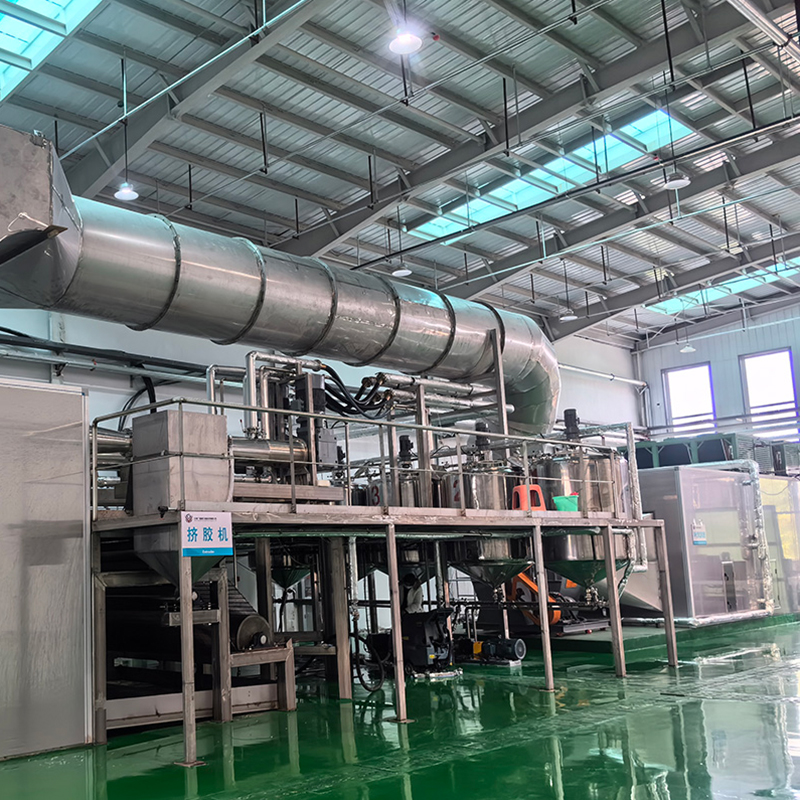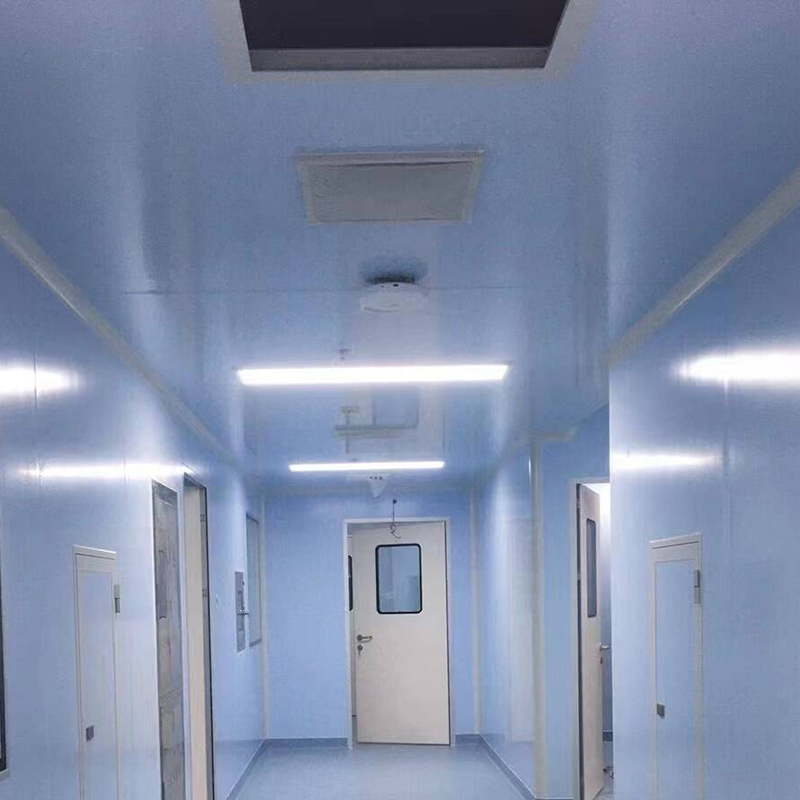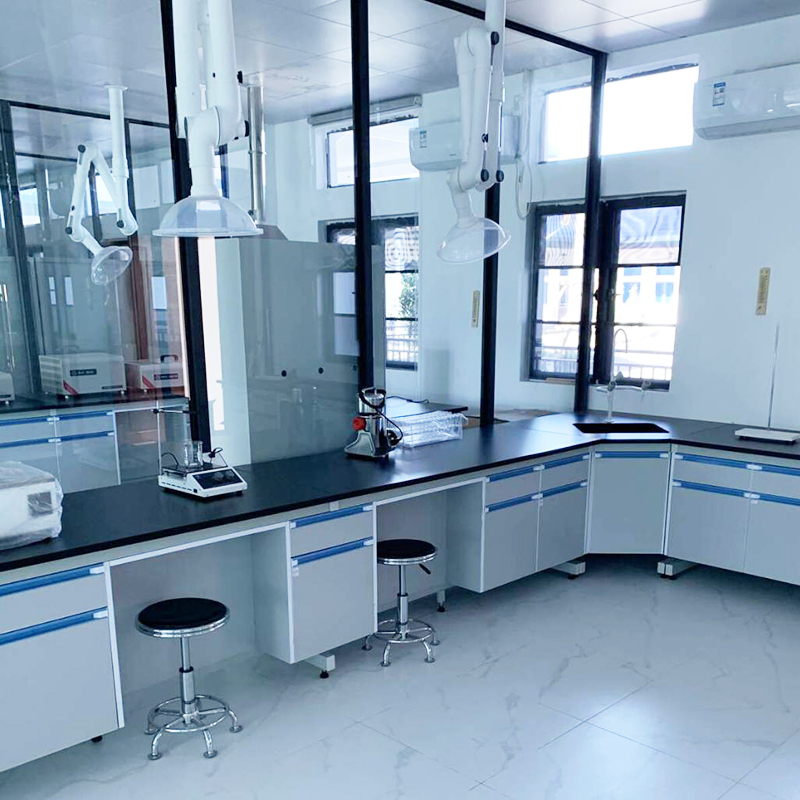
What problems should be paid attention to in the planning of laboratory system
When planning the laboratory system, in addition to the previously mentioned clear experimental purposes and requirements, functional area division, safety factors priority, equipment configuration and process, flexibility and scalability, environmental protection and energy saving, control of experimental conditions, data collection and analysis and other issues, also need to pay attention to the following points:
Ventilation and exhaust system:
The ventilation conditions of the laboratory are very important, and it is necessary to set the ventilation of the whole room and the local exhaust hood reasonably to ensure the timely discharge of harmful gases. The fume hood shall meet the national standards and have the function of fire and explosion protection.
Daylighting and lighting:
The lighting design of the laboratory should meet the needs of the experiment, rationally arrange the Windows and lighting equipment, avoid glare and shadows, and ensure that the light in the experimental area is sufficient and uniform.
Floor and wall materials:
The floor of the laboratory should be clean, non-slip, anti-radioactive, anti-static, dry and shock-proof. Walls should be made of easy-to-clean, corrosion-resistant materials, and fixed Windows should be used if necessary to avoid dust entry.
Door size and opening direction:
The size of the door of the laboratory should meet the national standard, and the door should be opened outward to facilitate emergency evacuation. Windows should be designed with light and ventilation needs in mind, while preventing dust from entering.
Storage and Transportation:
The drug storage room should face north, be dry, well ventilated, and equipped with exhaust cooling fans and explosion-proof lighting fixtures. Flammable or combustion-supporting gas cylinders should be placed in the outdoor cylinder room, away from heat and fire sources.
Environmental Protection and Waste Management:
The laboratory should optimize the flow of people and logistics transmission channels to prevent the "three wastes" from polluting the environment. Green materials should be selected, and strict waste classification, collection, treatment and disposal systems should be established.
Information management:
Introduce information technology, set up data management and monitoring system, and improve the management efficiency and data accuracy of the laboratory.
Natural lighting and atmosphere:
Making as much use of natural light sources as possible and designing a bright laboratory environment can help promote work motivation. The choice of color and space layout can affect people's emotions, and the design should pay attention to the creation of the overall atmosphere.




